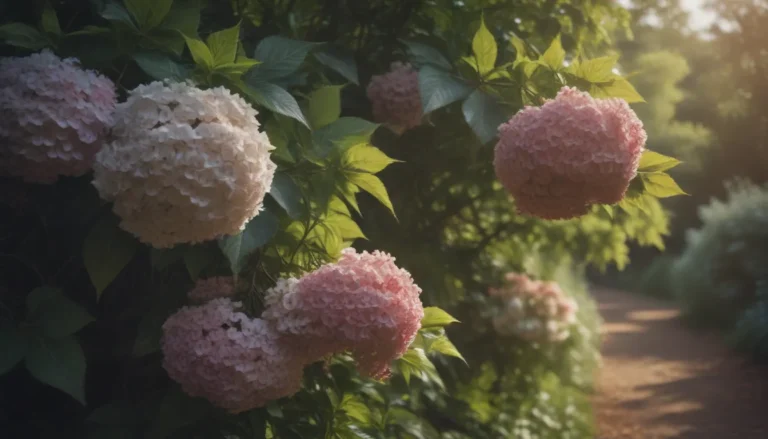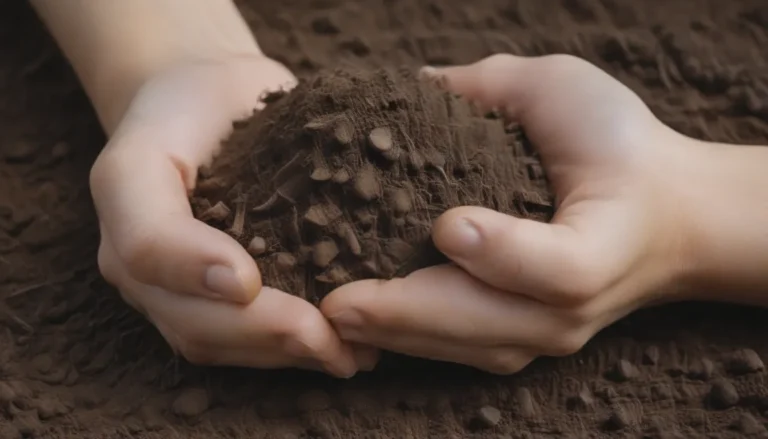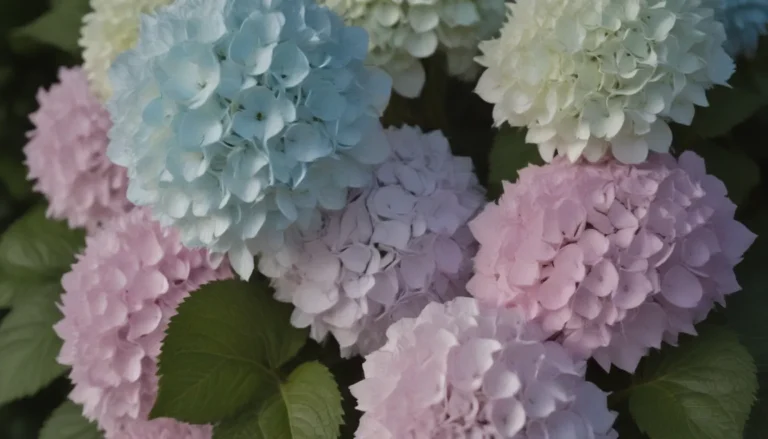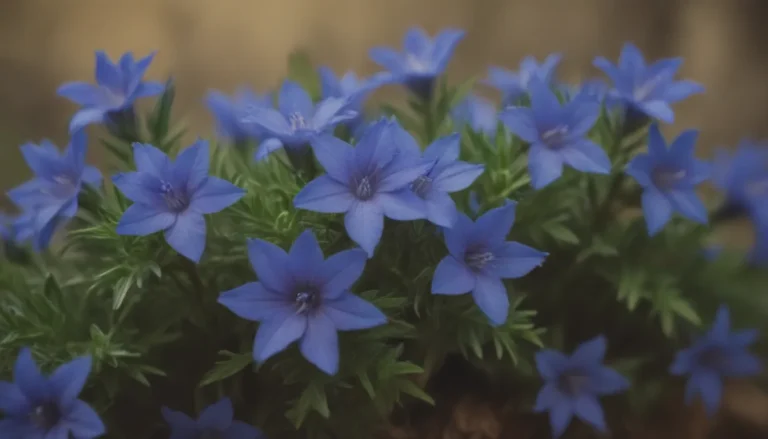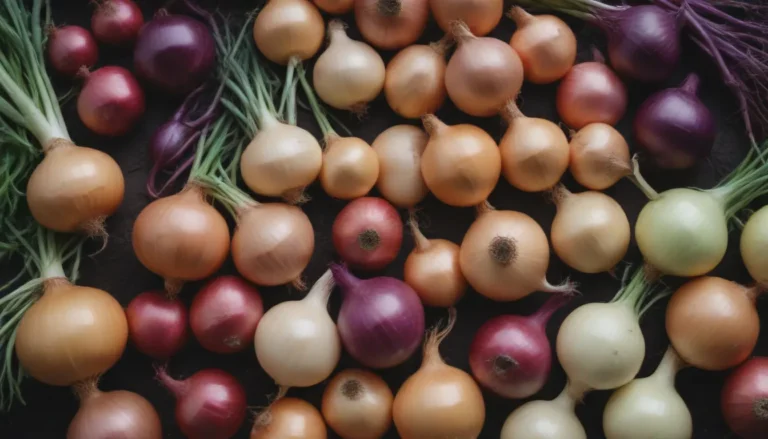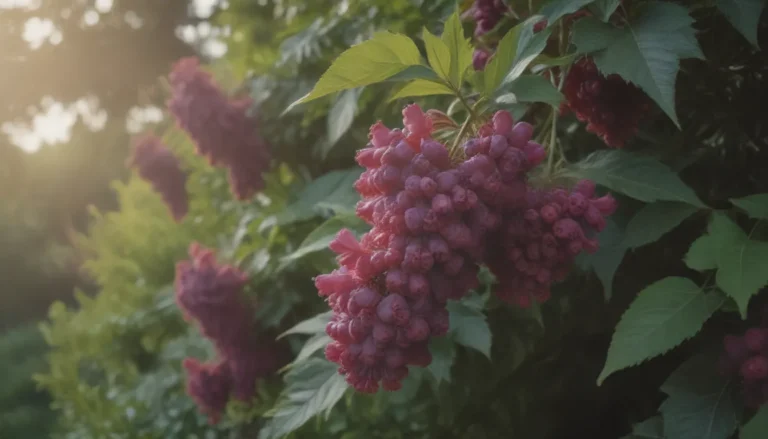Everything You Need to Know About Growing and Caring for Swamp Milkweed
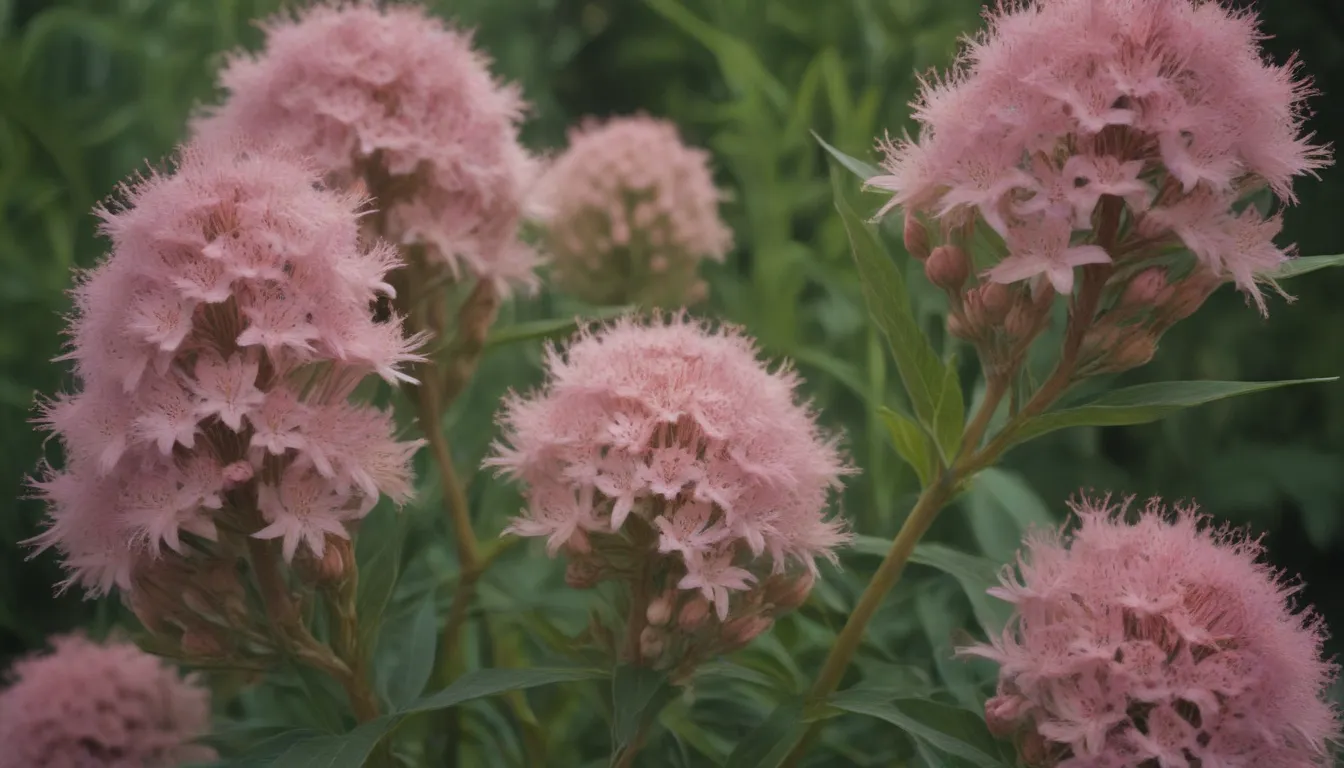
Swamp milkweed, a delightful member of the milkweed family, is a favorite among bees and butterflies for its beautiful flowers. This plant not only adds a pop of color to your garden but also serves as a critical host for monarch butterflies. With shades ranging from soft mauve to pink to reddish-violet, swamp milkweed blooms are a sight to behold. The intricate design of its flowers, with five nectar cups forming a crown on five small petals, makes it a perfect spot for pollination.
In this comprehensive guide, we will explore everything you need to know about growing and caring for swamp milkweed to ensure it flourishes in your garden. From planting to propagation, pruning to overwintering, we’ve got you covered with valuable tips and information.
So, let’s dive in and discover the wonders of swamp milkweed together!
Why Choose Swamp Milkweed?
Before we delve into the care of swamp milkweed, let’s take a moment to appreciate why this plant is a fantastic addition to any garden. Here are some reasons why you should consider adding swamp milkweed to your landscape:
- Ideal for sunny borders, cottage gardens, and pollinator gardens
- Attracts bees and butterflies
- Critical host for monarch butterflies
- Beautiful blooms in various shades
- Low maintenance perennial
Now that you know the benefits of having swamp milkweed in your garden, let’s move on to how you can care for this enchanting plant.
Swamp Milkweed Care Tips
Swamp milkweed is a low maintenance perennial that thrives in the right conditions. Here are some essential care tips to ensure your swamp milkweed flourishes:
Light
- Full sun is best, but plants will tolerate part shade.
Soil
- Thrives in moist, medium to wet clay soil
- Can do well in average garden soil if it does not dry out
- Wet meadows or rain gardens offer ideal conditions
Water
- Keep the plant moist
- In a proper wetland environment, swamp milkweed may not need watering throughout the growing season
Varieties of Swamp Milkweed
While the straight species (Asclepias incarnata) is the best for attracting monarch butterflies, there are also milkweed cultivars bred for landscape use. Some popular ones include:
– ‘Ice Ballet’
– ‘Cinderella’
Pruning
Swamp milkweed does not require pruning during the growing season. After the plant has died back in winter, you can remove the dead stalk. Just remember to mark the location, as swamp milkweed is slow to emerge in spring.
Propagating
Swamp milkweed spreads through rhizomes. Dividing established plants in late spring can be done, but the long taproot does not like to be transplanted. Alternatively, you can allow wind-borne seeds to spread naturally or start it from seeds.
Growing Swamp Milkweed From Seeds
To propagate swamp milkweed from seeds:
– Collect seeds in the fall after the pods have dried and started to split
– Dry the seeds in paper bags for one to two weeks
– Discard any damaged seeds
Potting and Repotting
You can grow swamp milkweed in containers:
– Use a container at least 14 inches in diameter with good drainage
– Fill with well-draining potting mix and keep it evenly moist
– Repot when roots fill the container
Overwintering
- Winter hardy to USDA zone 3 when planted in the ground
- Container-grown plants are susceptible to cold damage, so provide protection in freezing temperatures
Common Pests/Diseases
- Keep an eye out for milkweed leaf beetles, which can be washed off with a garden hose
- Monitor for infestations to prevent damage to the plant
How to Get Milkweed to Bloom
If your swamp milkweed is not blooming:
– It may be too young
– Excess nitrogen in the soil can inhibit blooming
– Drought- or heat-stressed plants will also not bloom
In Conclusion
Swamp milkweed is a delightful plant that not only adds beauty to your garden but also supports local pollinators, especially monarch butterflies. By following these care tips and tricks, you can ensure that your swamp milkweed thrives and continues to bring joy to your outdoor space.
Remember, patience is key when growing swamp milkweed, as it may take some time to establish itself. But once it does, you’ll be rewarded with stunning blooms and a bustling ecosystem of bees and butterflies.
So, go ahead and plant some swamp milkweed in your garden today. Your local pollinators will thank you for it!
Reference:
– University of California. Toxic Plants.
– U.S. Department of Agriculture, Agricultural Research Service. Milkweed.
